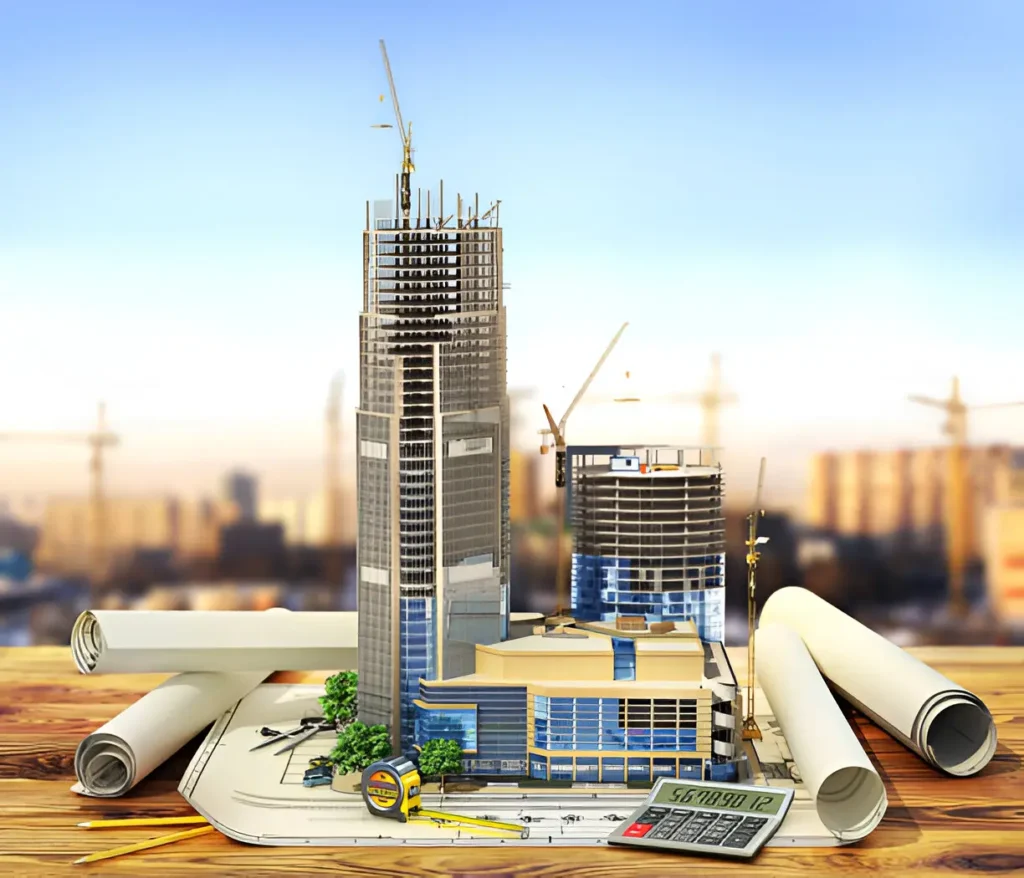Architectural models bring life to your designs, offering clients a tangible view of what your vision looks like in the real world. But creating a model that accurately reflects the design while also making an impression takes more than just cutting and gluing. Whether you’re a student working on a class project or a professional preparing for a client presentation, these tips will guide you through the process from start to finish.
Start with a detailed blueprint
Every great model starts with a strong foundation, and in the world of architectural design, that means having detailed blueprints. Before you even think about cutting materials, ensure your design plans are clear, accurate, and comprehensive. The better your design, the easier it will be to translate it into a model. Consider using computer software to create 3D digital models, which can help you visualise the project before you begin constructing the physical model. This allows you to make adjustments early, saving you time and resources in the long run.
Choose the right materials
The materials you use will have a huge impact on the realism and professionalism of your model. For UK-based projects, materials like foam board, balsa wood, and acrylic sheets are commonly used for creating sturdy yet detailed models. The key is to pick materials that both reflect the scale of your design and are manageable to work with. For instance, balsa wood offers flexibility and can be easily cut and shaped, while foam board is lightweight and great for creating foundations. Always have a sharp craft knife on hand and invest in good adhesives that dry quickly without warping the material.
Focus on scale and proportion
An architectural model is only as effective as its accuracy, and this hinges on proper scaling and proportion. Make sure that your measurements are precise and that the different elements of the model – windows, doors, walls – all fit together seamlessly. When deciding on a scale, think about how much detail you need to include. A 1:100 scale model, for instance, is ideal for larger projects where fine details may not be as crucial. However, a 1:50 or 1:25 scale allows for more intricate details to be showcased.
Think about lighting and landscaping
What truly brings an architectural model to life is the additional elements that make it more than just a structure. Lighting can transform a model, highlighting key areas and adding depth to the overall design. For example, using small LEDs can simulate natural or artificial light, giving viewers a clearer sense of how the space will feel. Landscaping also plays a vital role, especially if your design includes outdoor spaces. Adding miniature trees, grass, or even vehicles can make the model feel like a real environment. You can find out more about these elements by visiting UK-based model supply stores that specialise in architectural projects.
Display it properly
Finally, the way you display your model is almost as important as the model itself. Presentation matters, whether you’re showing it to a client or a panel of judges. Invest in a good base for your model that matches the level of detail and care you’ve put into your creation. If possible, use a protective case or cover to avoid damage while still allowing people to view it clearly.
Final touch
In the end, the art of creating a realistic architectural model is about attention to detail, from the blueprint to the final display. With careful planning, the right materials, and an eye for proportion, your model will become a striking representation of your design, ready to impress.
Also Read- How to Seek Fair Compensation After a Personal Injury
